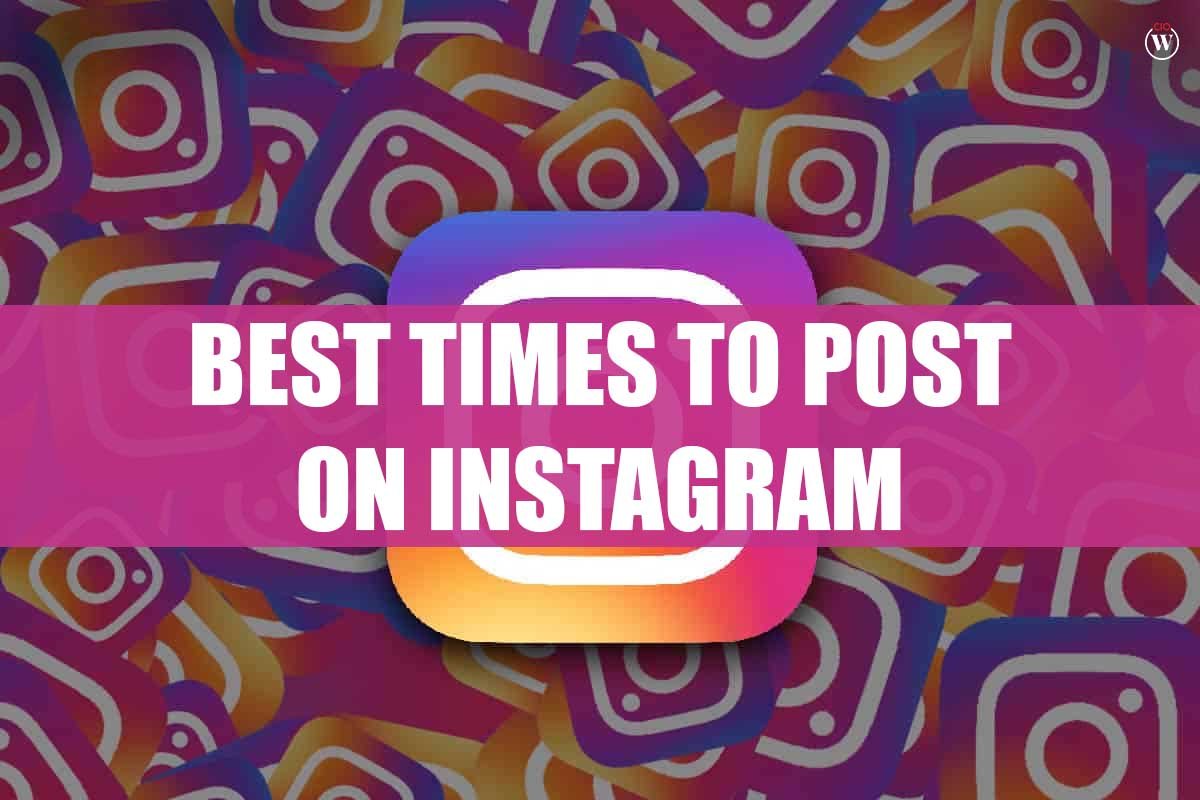Source – afaqs!
For years, YouTube has been combatting the use of ad blockers among its user base, YouTube and ad blockers aiming to steer viewers towards its Premium subscription service rather than relying on ad-free alternatives. The company’s crackdown intensified notably after its successful action against YouTube Vanced in 2022, a popular ad-free version of the platform. Despite these efforts, community-driven initiatives have continued to emerge, posing new challenges for the tech giant.
Rise of Community-Led Solutions
Following the demise of YouTube Vanced, new approaches like ReVanced have surfaced to cater to users seeking ad-free experiences. Unlike its predecessor, ReVanced modifies the official YouTube app to mimic Premium features, including ad-blocking. Complementing this effort is SponsorBlock, an innovative tool that leverages crowdsourcing to identify and skip sponsored segments within videos. This community-driven approach has provided users with a workaround, effectively maintaining an ad-free viewing experience.
YouTube’s Countermeasures and Their Implications
In response to these developments, YouTube is reportedly exploring server-side ad injection as a potential deterrent. This method, if implemented at scale, could disrupt existing ad-blocking mechanisms by embedding ads directly into videos on the server side, rather than relying on client-side delivery. While this approach aims to preserve revenue streams from advertisements and sponsors, it introduces complexities such as potential disruptions to video timestamps and chapter markers, as noted by user feedback across platforms like Firefox and various YouTube communities.
Critically, the introduction of server-side ad injection may inadvertently benefit ad-blocking technologies, as the information used to skip injected ads could also be utilized by these technologies to enhance their capabilities. This dual-edged nature highlights the challenges YouTube and ad blockers face in balancing user experience with revenue protection strategies.
Moreover, the move underscores broader implications for YouTube’s ecosystem and its relationship with users who opt for ad-free viewing options. As the platform explores increasingly sophisticated methods to combat ad blockers, concerns over user inconvenience and content delivery speed are becoming more pronounced. The growing complexity in ad delivery reflects the inherent tensions between maintaining profitability and catering to user preferences.
In conclusion, YouTube’s efforts to deter ad blockers are evolving amidst a landscape shaped by community ingenuity and technological advancements. While the platform seeks to uphold its advertising-driven model, the effectiveness and broader impacts of server-side ad injection remain subjects of debate and scrutiny. As the battle between YouTube and ad blockers continues, the future of ad-free viewing on the platform hangs in the balance, influencing both user behavior and corporate strategies moving forward.









